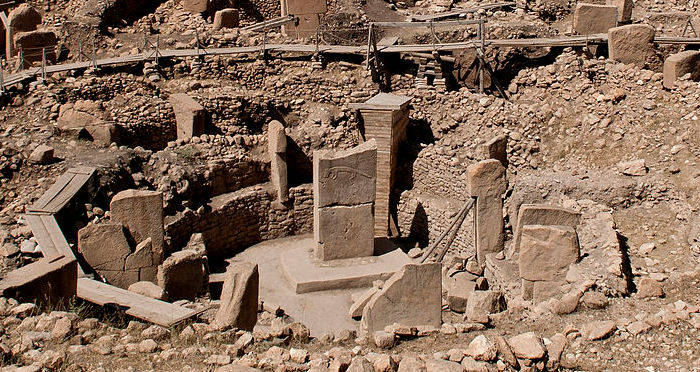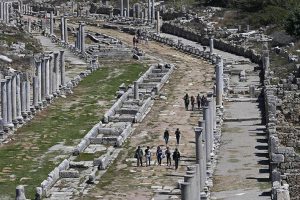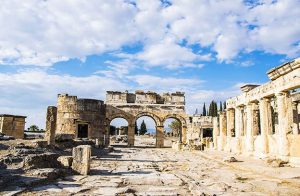Prehistorical times of Turkey cover the Paleolithic Age, Mesolithic Age, Neolithic Age, Chalcholithic Age and Bronze Age.
PALEOLITHIC AGE
Paleolithic Age (2 Million – 10000 BC), also known to be the old stone age, began somewhere around 2 million years ago, and ended 10.000 years before our time.
This time period marked the beginning of the existence of the ancestors of man. The most important place in Anatolia where all the three phases; Upper, Middle and Lower in the Paleolithic Age can be seen, is the Karain Cave on the 30 km northwest of Antalya.
MESOLITHIC AGE
Mesolithic period (10000 – 8500 BC) gives way to the most impressive development of the human kind, the New Stone Age. The Middle Stone Age is a period of transition of the human from the Old Stone Age to the New Stone Age.
NEOLITHIC AGE
Neolithic period (8000 – 5500 BC) reveals a new step in the history of mankind with the development of the established and settled societies, and in production of food. Anatolia, once again, gives the most comprehensive sites in the world for this age in the Cayonu, Hacilar, Catalhoyuk and Koskhoyuk excavation sites.
CHALCHOLITHIC AGE
In Chalcholithic period (5000 – 3000 BC), in addition to stone tools, copper pieces also come into sight. Burdur – Hacilar 5500 BC is the oldest site in Anatolia where metal objects are discovered. One other important settlement area of the Chalcholithic period in Western Anatolia is the Beycesultan site, going back to 4000-3000 BC, located 5km southeast of town of Civril in Denizli.
BRONZE AGE
Bronze Age (3000 – 1200 BC) began around 3000 BC in Anatolia, around 2500 BC in the Aegean and Crete, and around 2000 BC in Europe. Alacahoyuk, 67 km to Yozgat and 3 hours away from Ankara was the most advanced settlement area in Anatolia in this period. Another important place in the bronze age is Troy in Canakkale.




